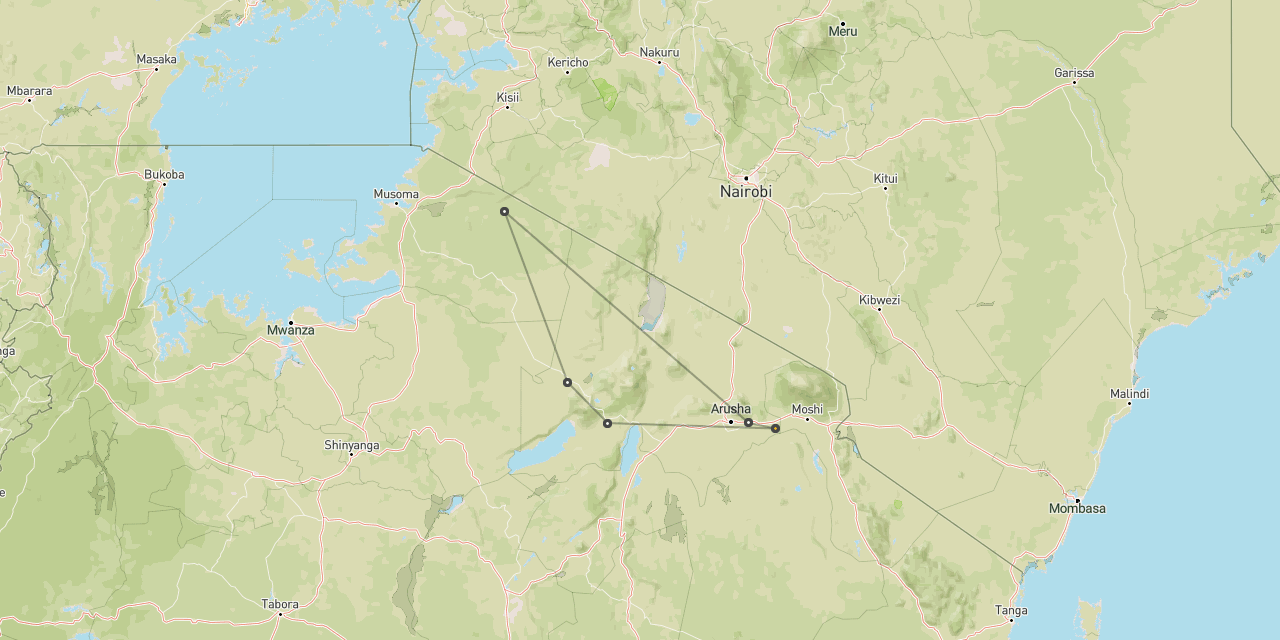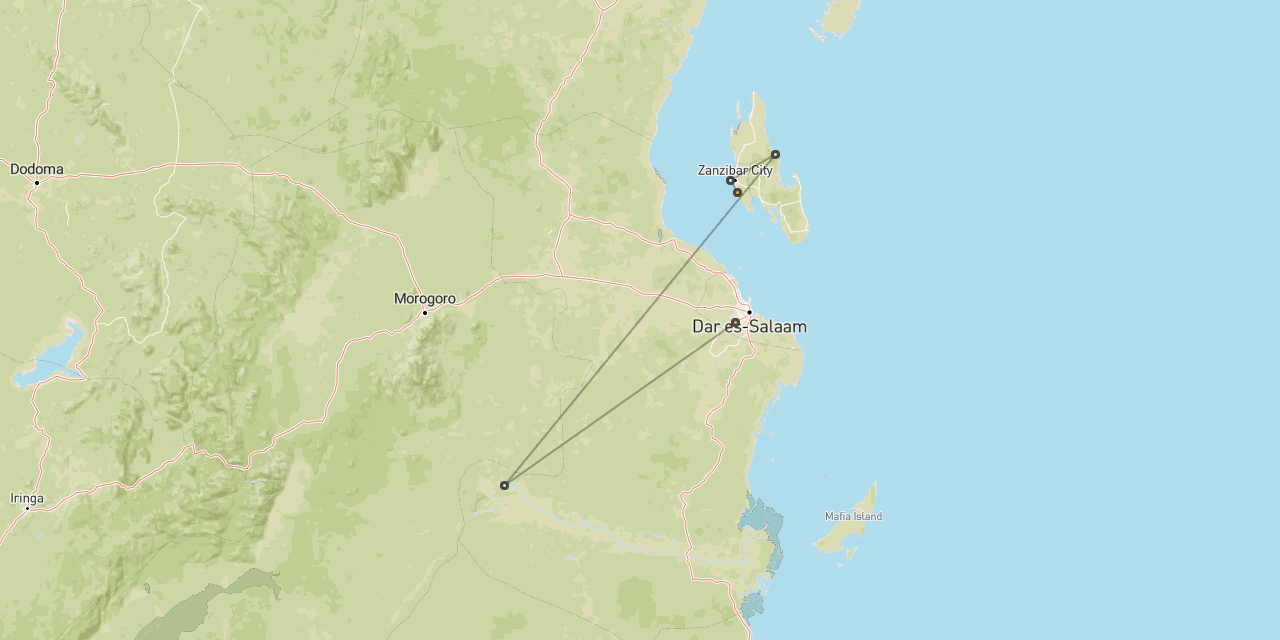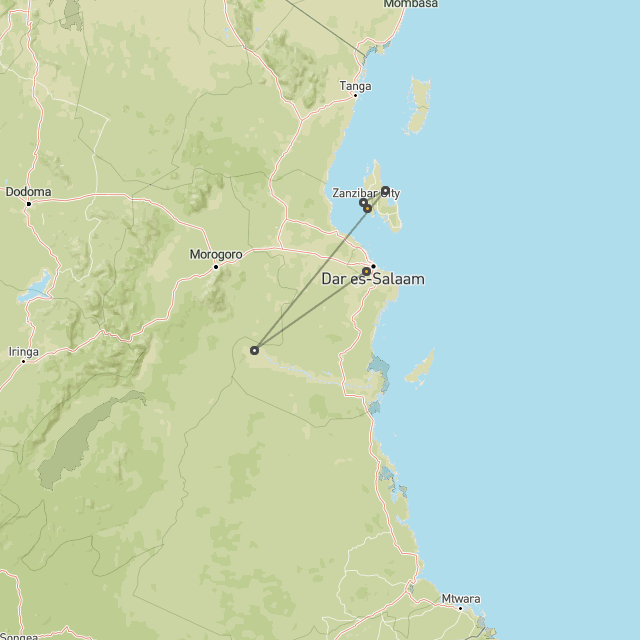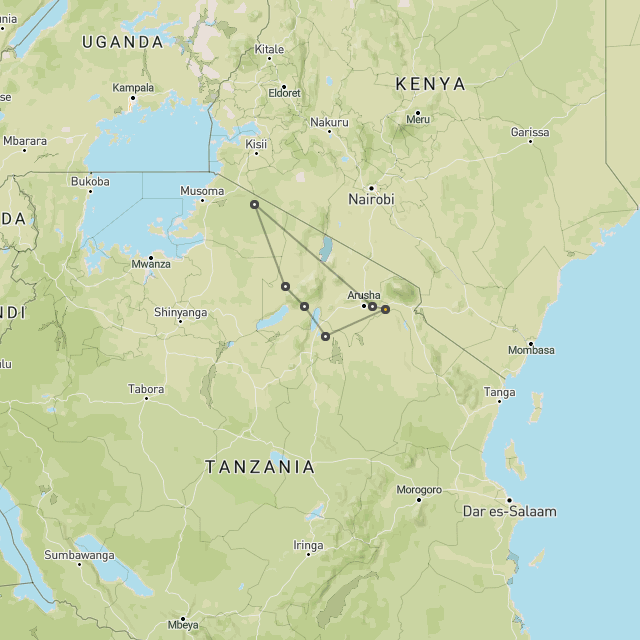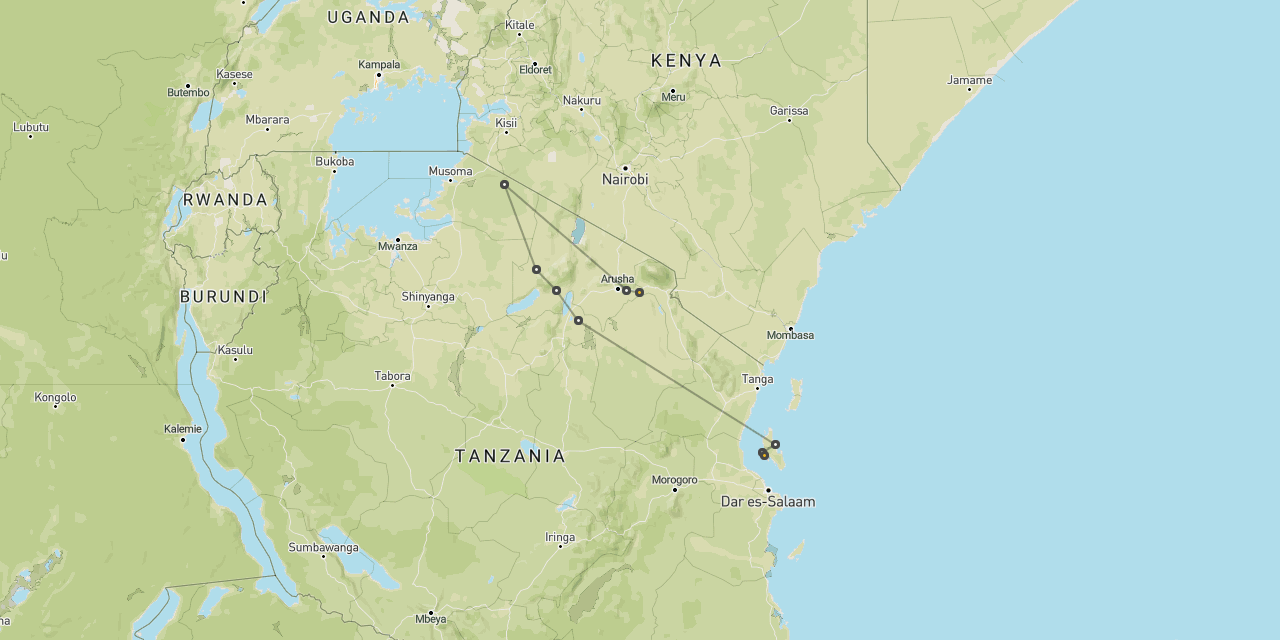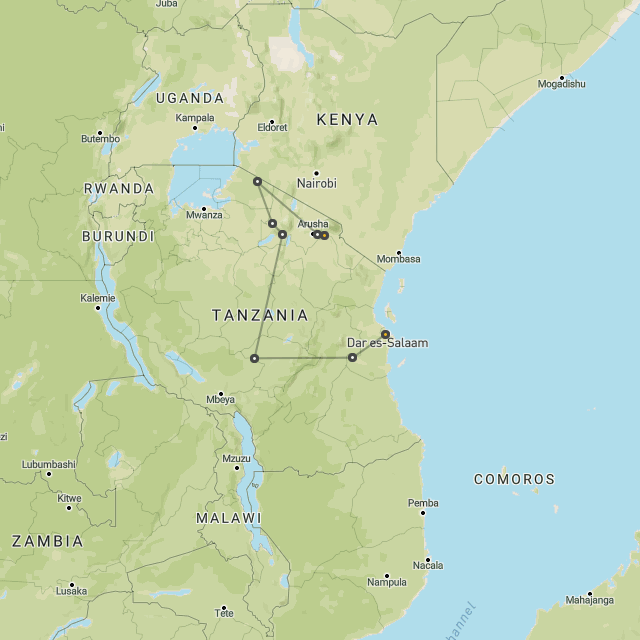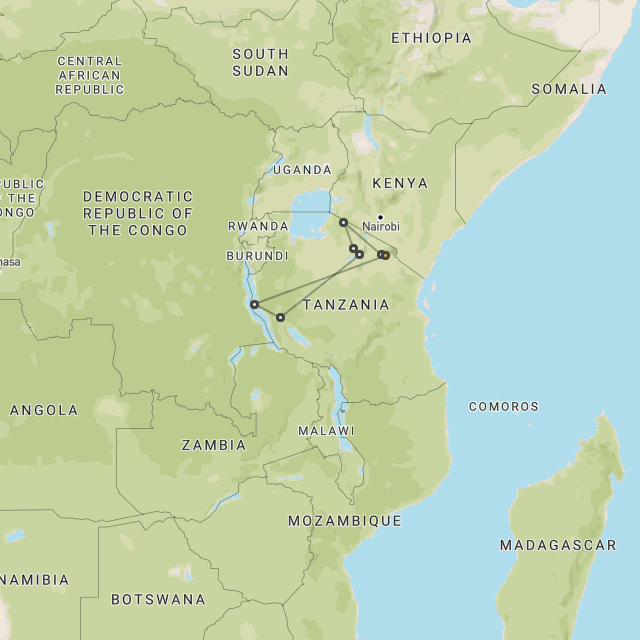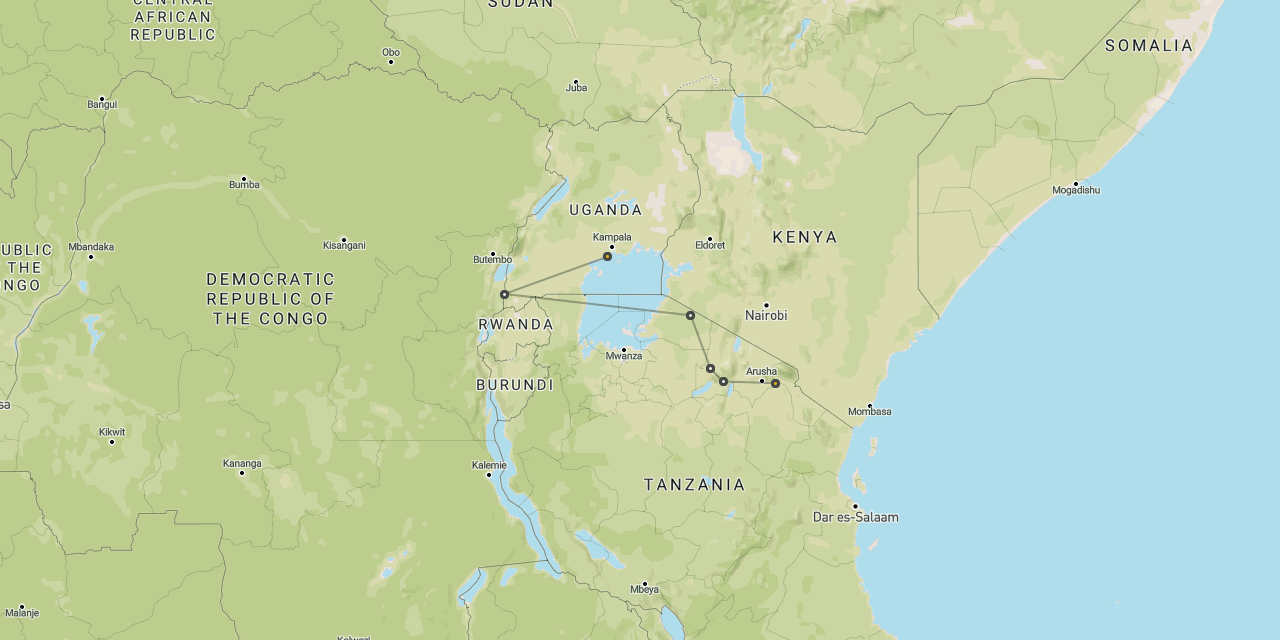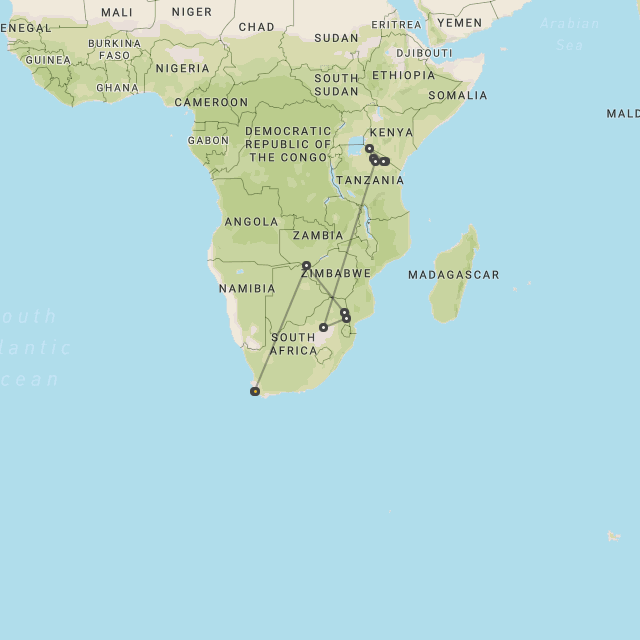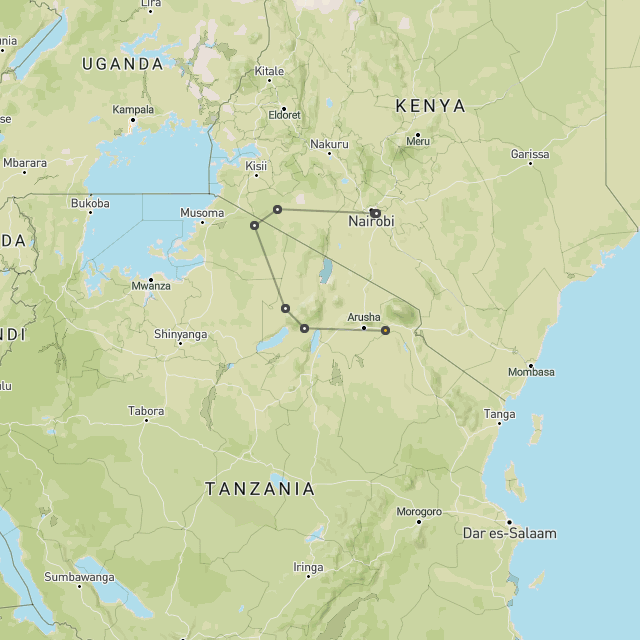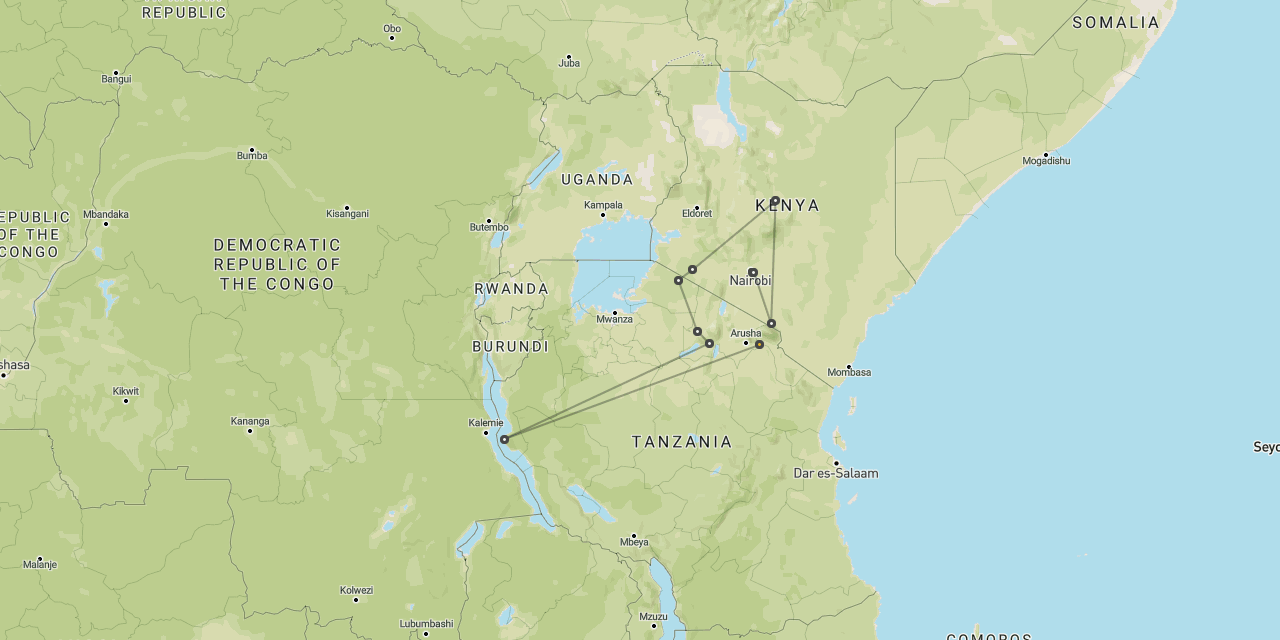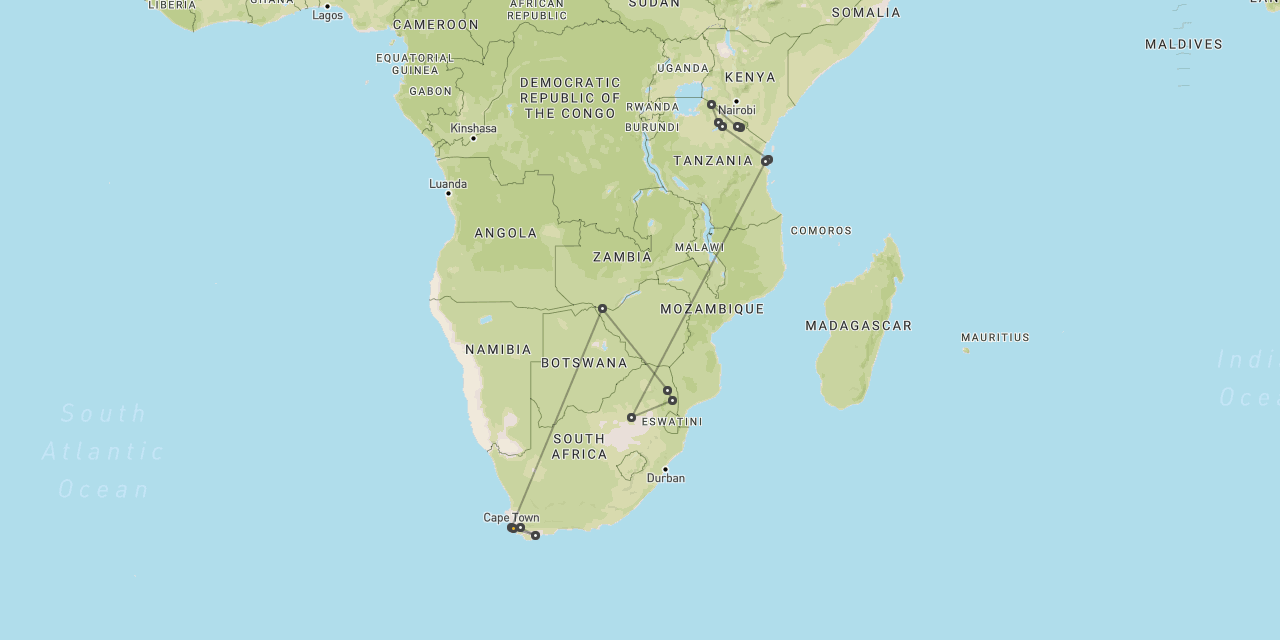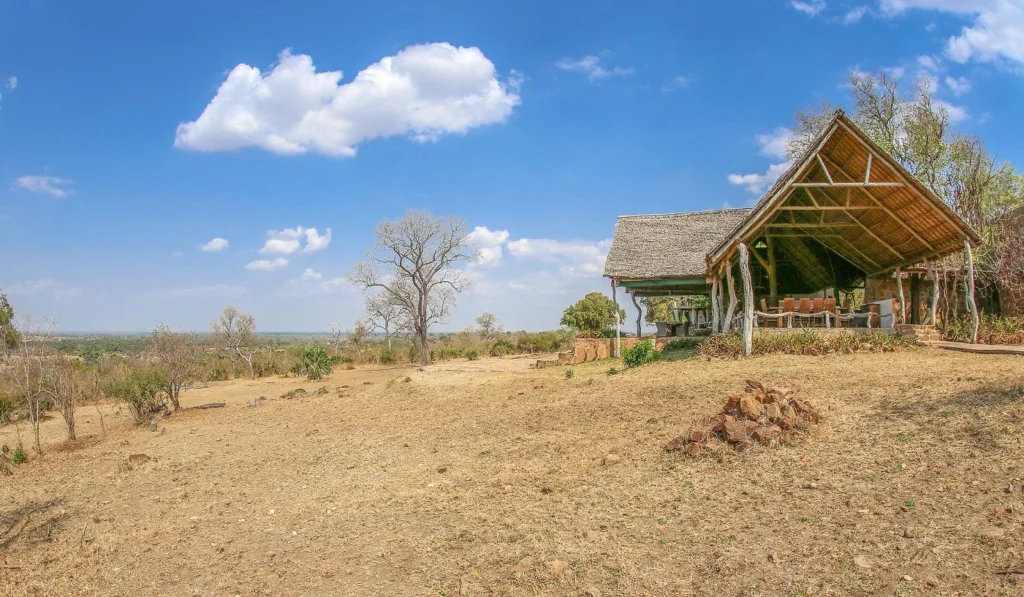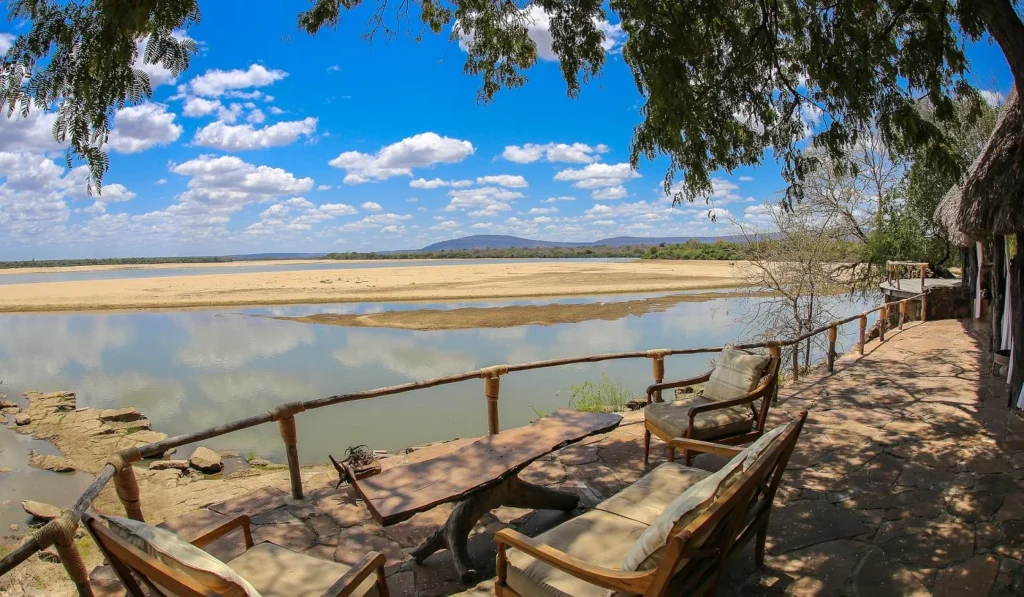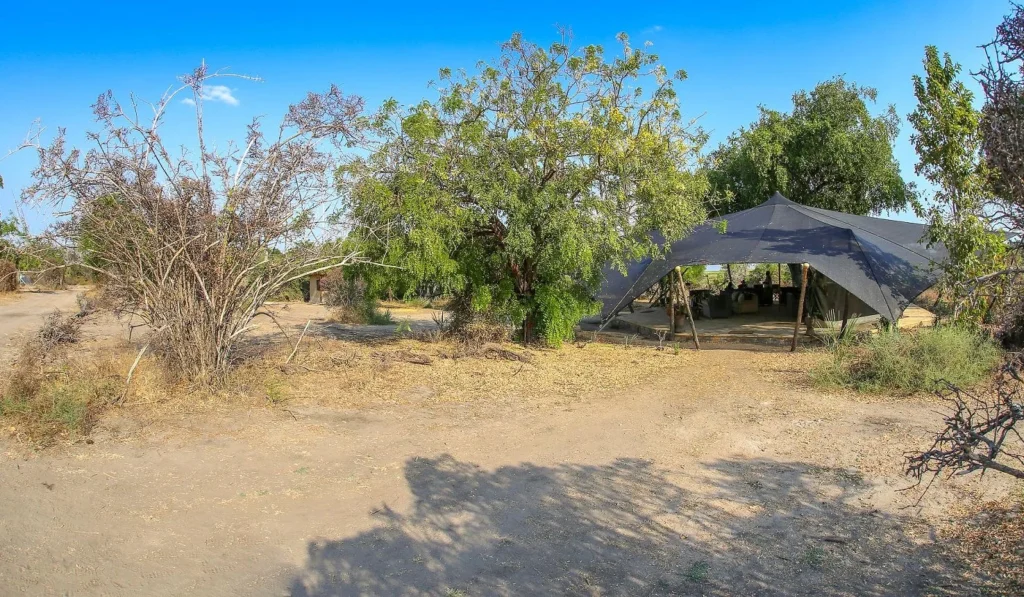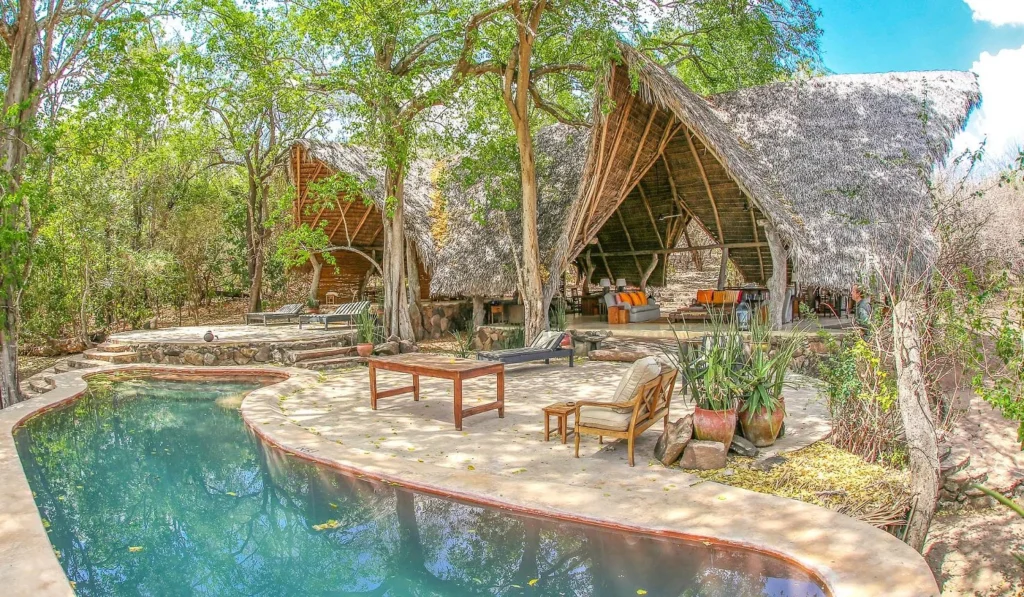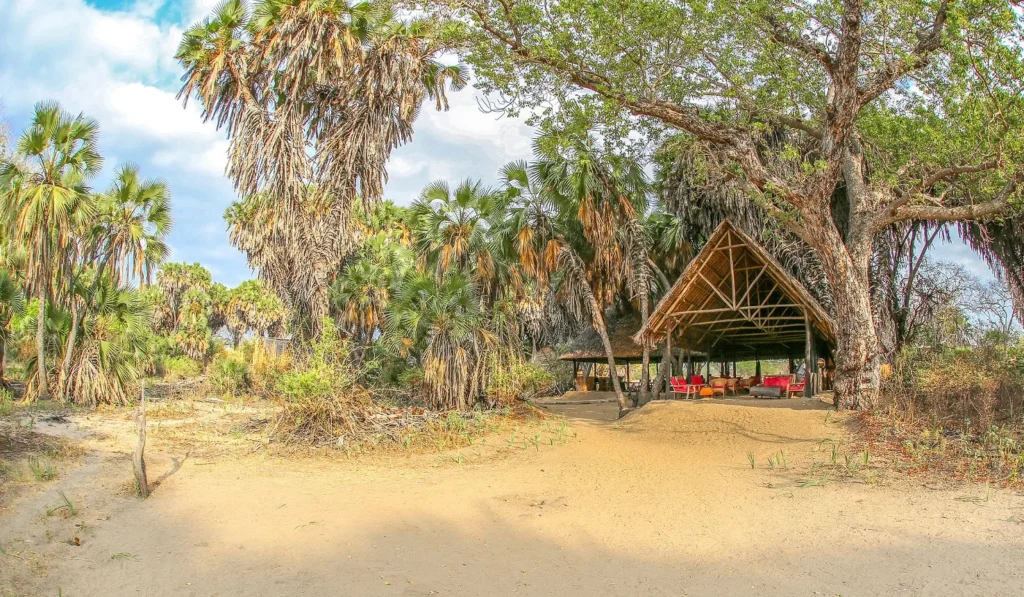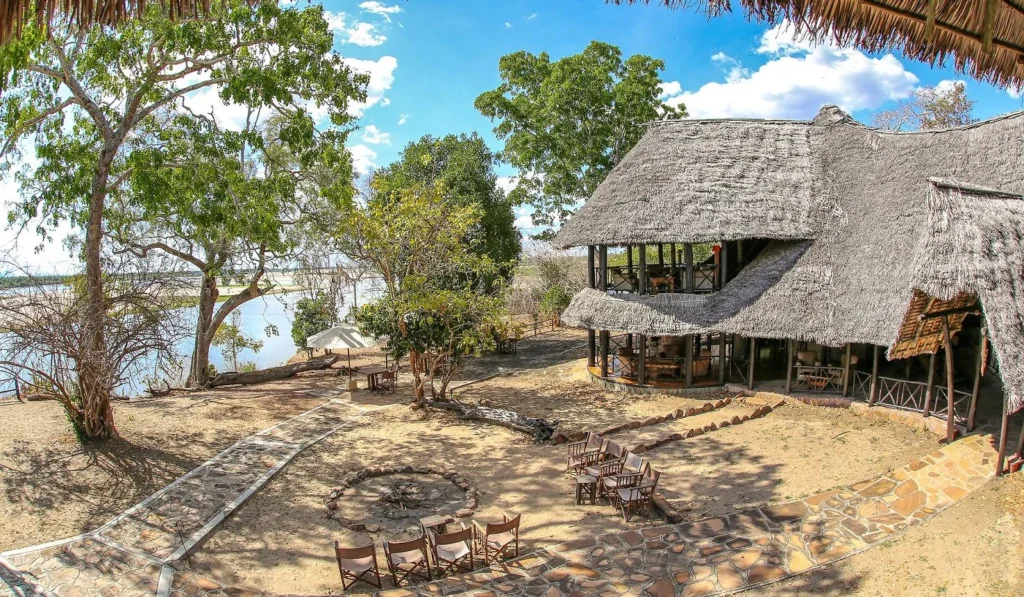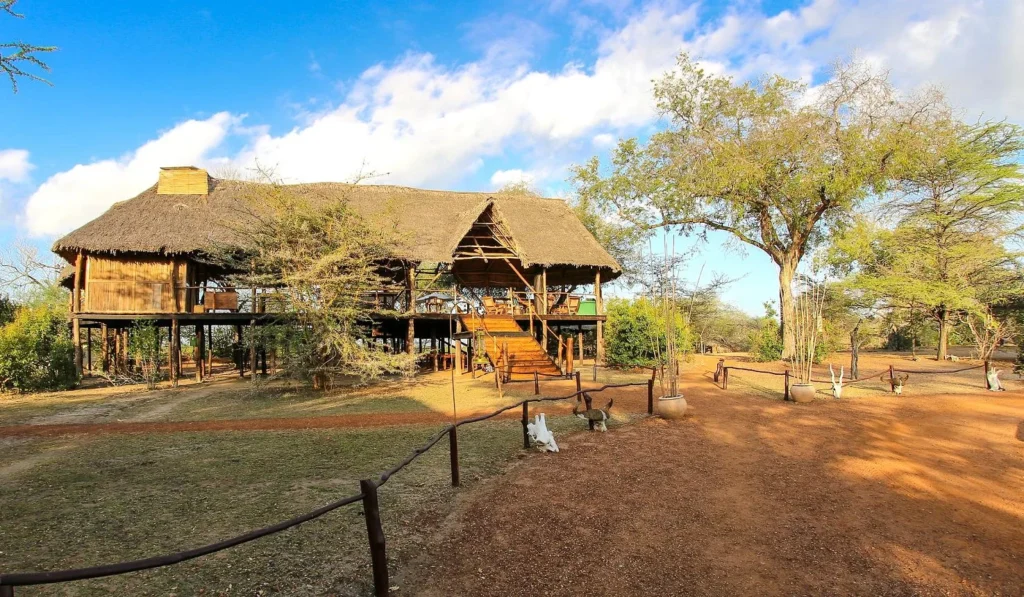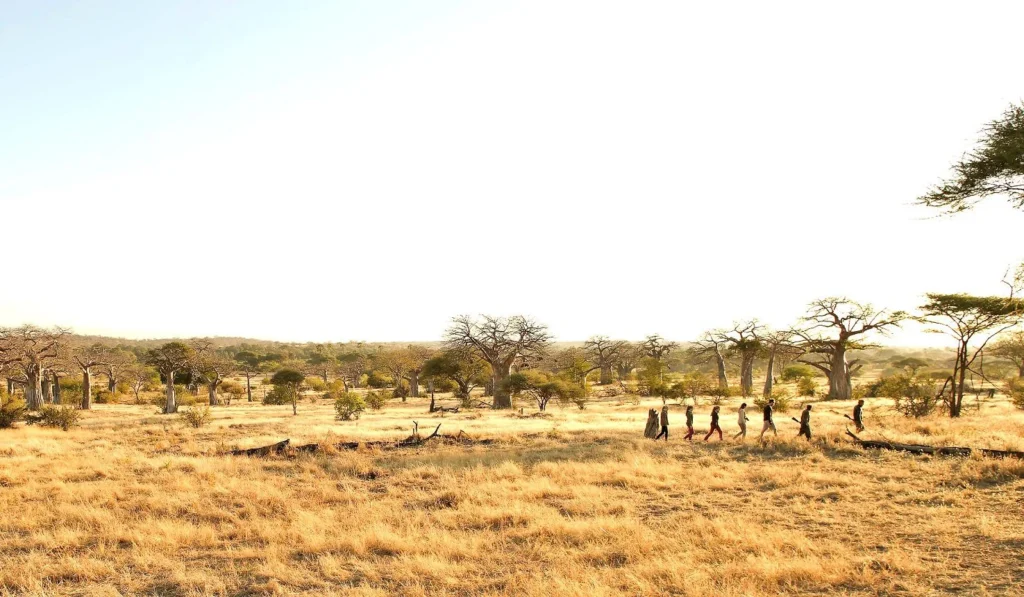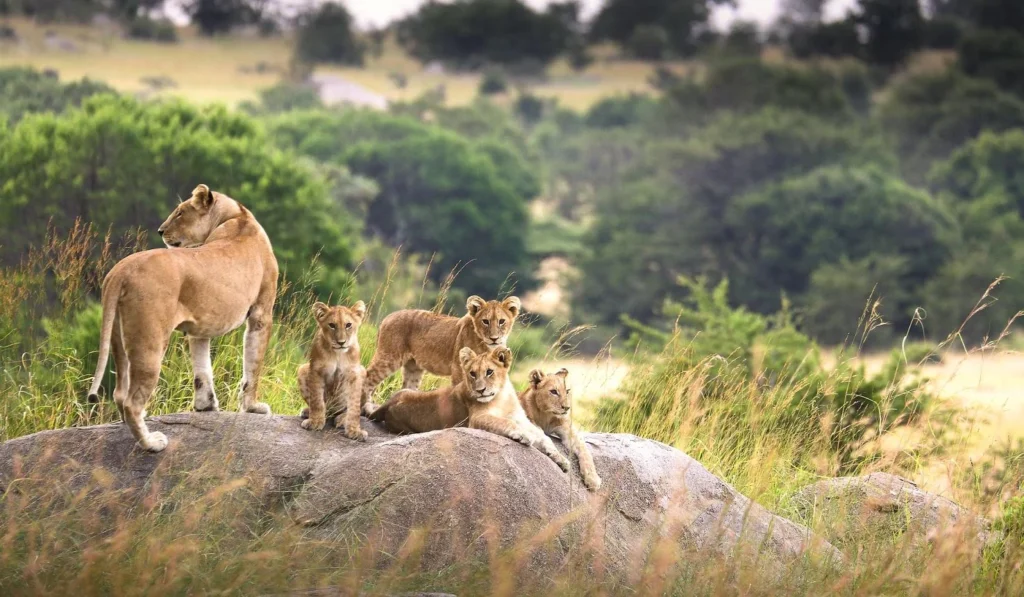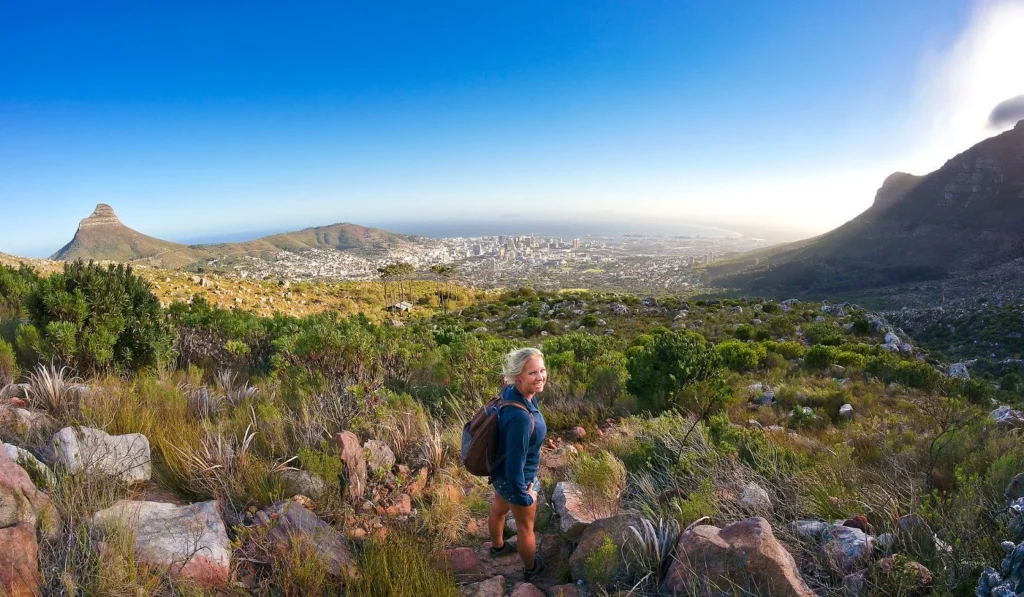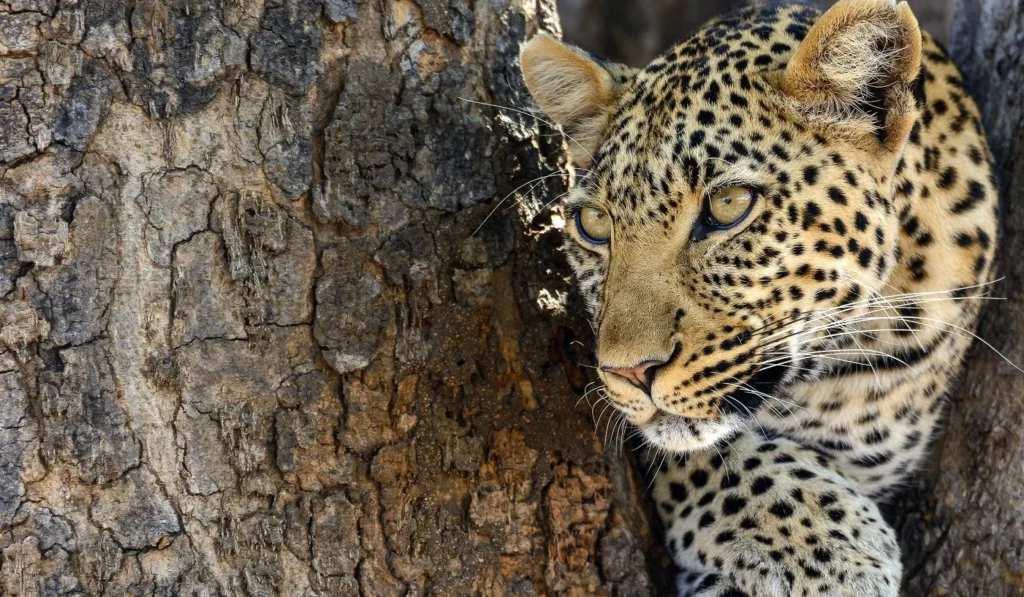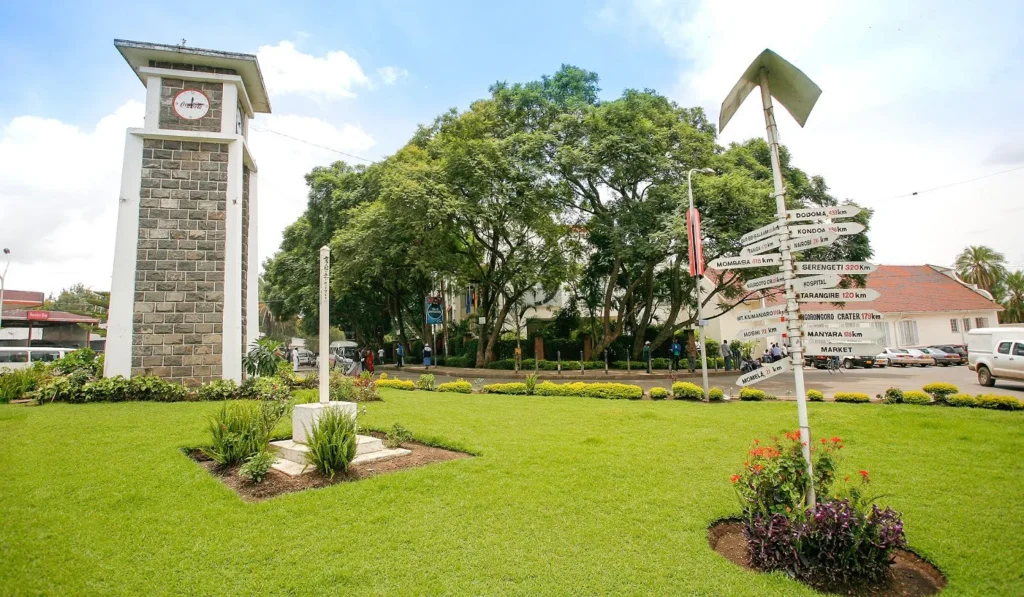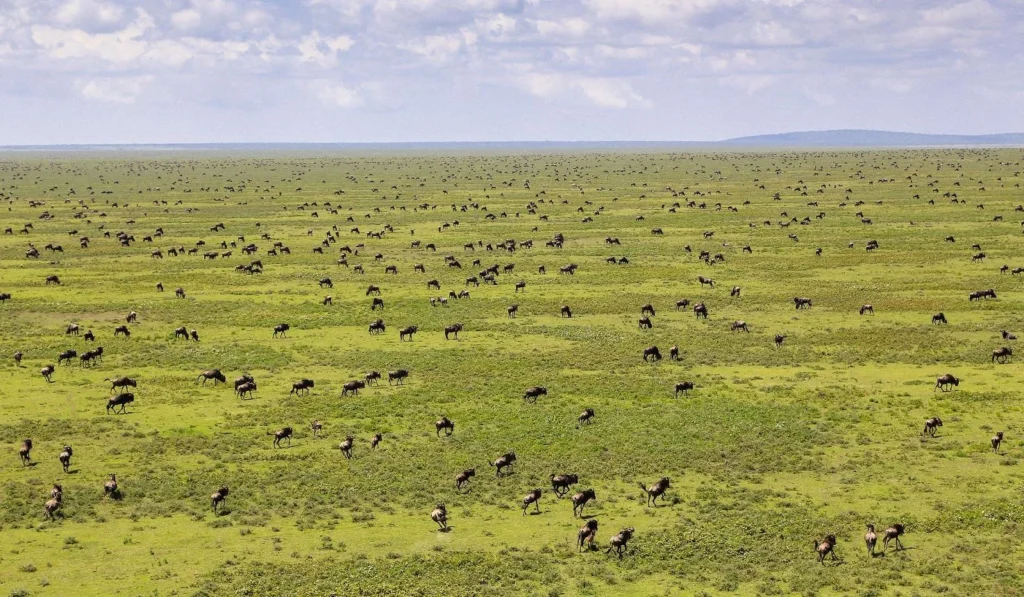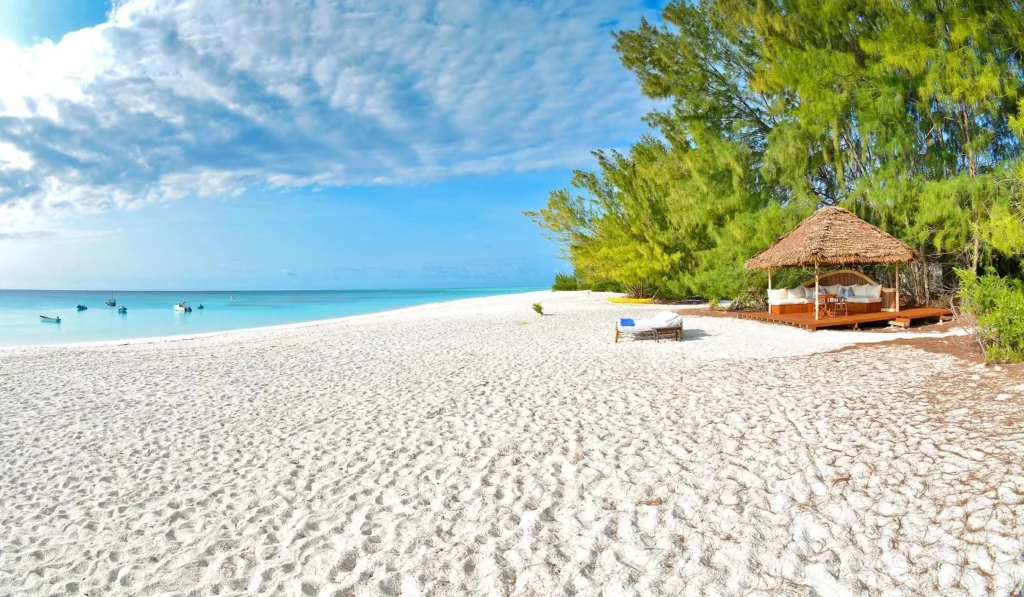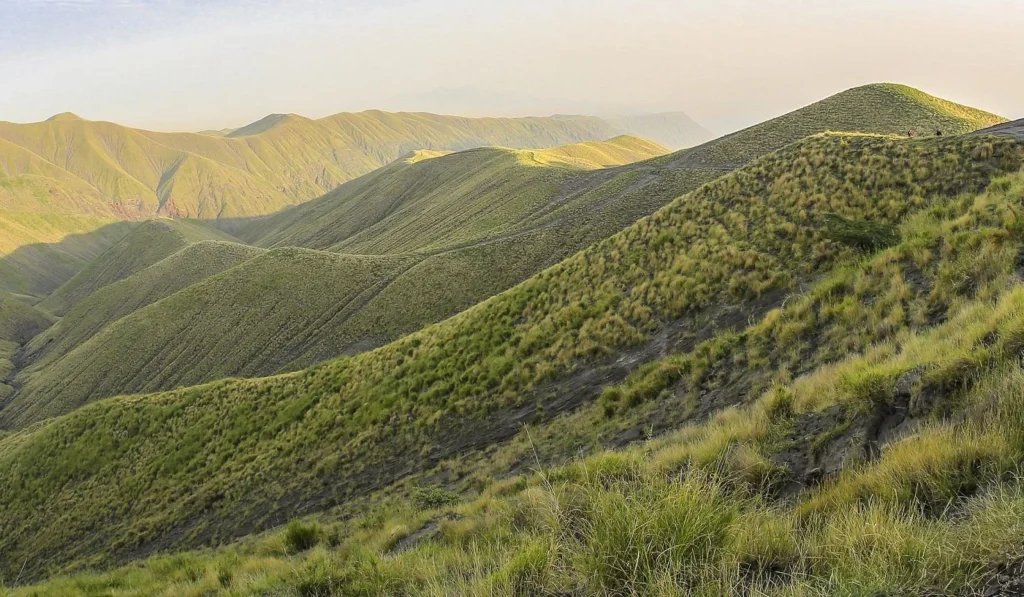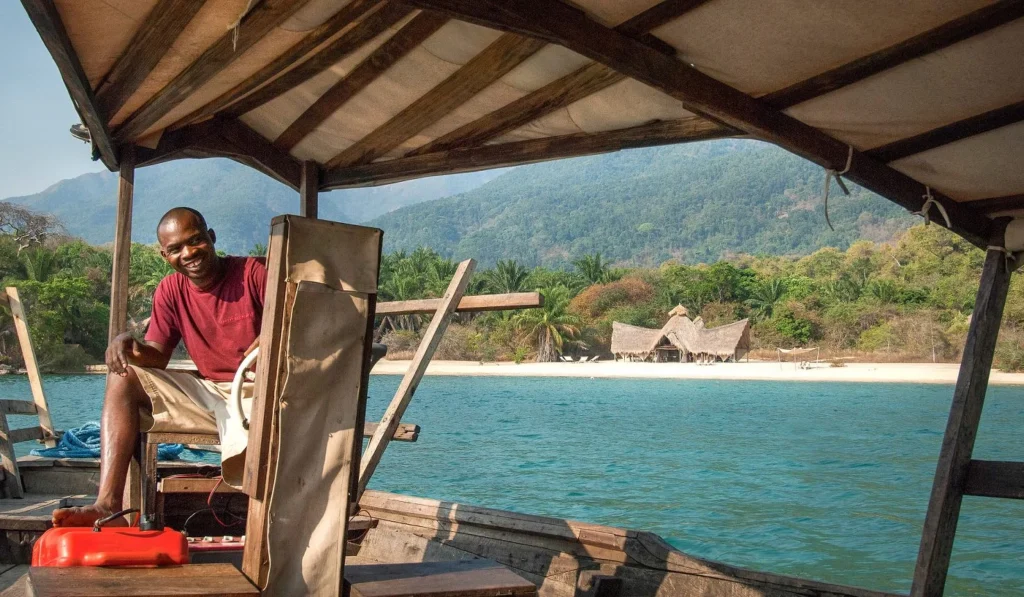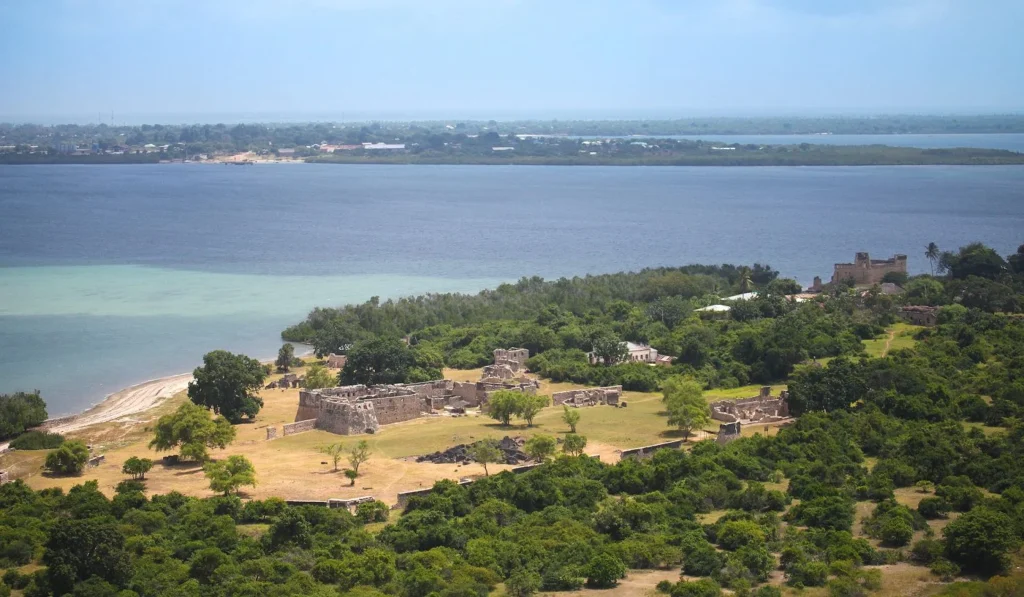
The best time of year for safari in Selous
Selous
is usually best visited
during the Jul-Oct dry season
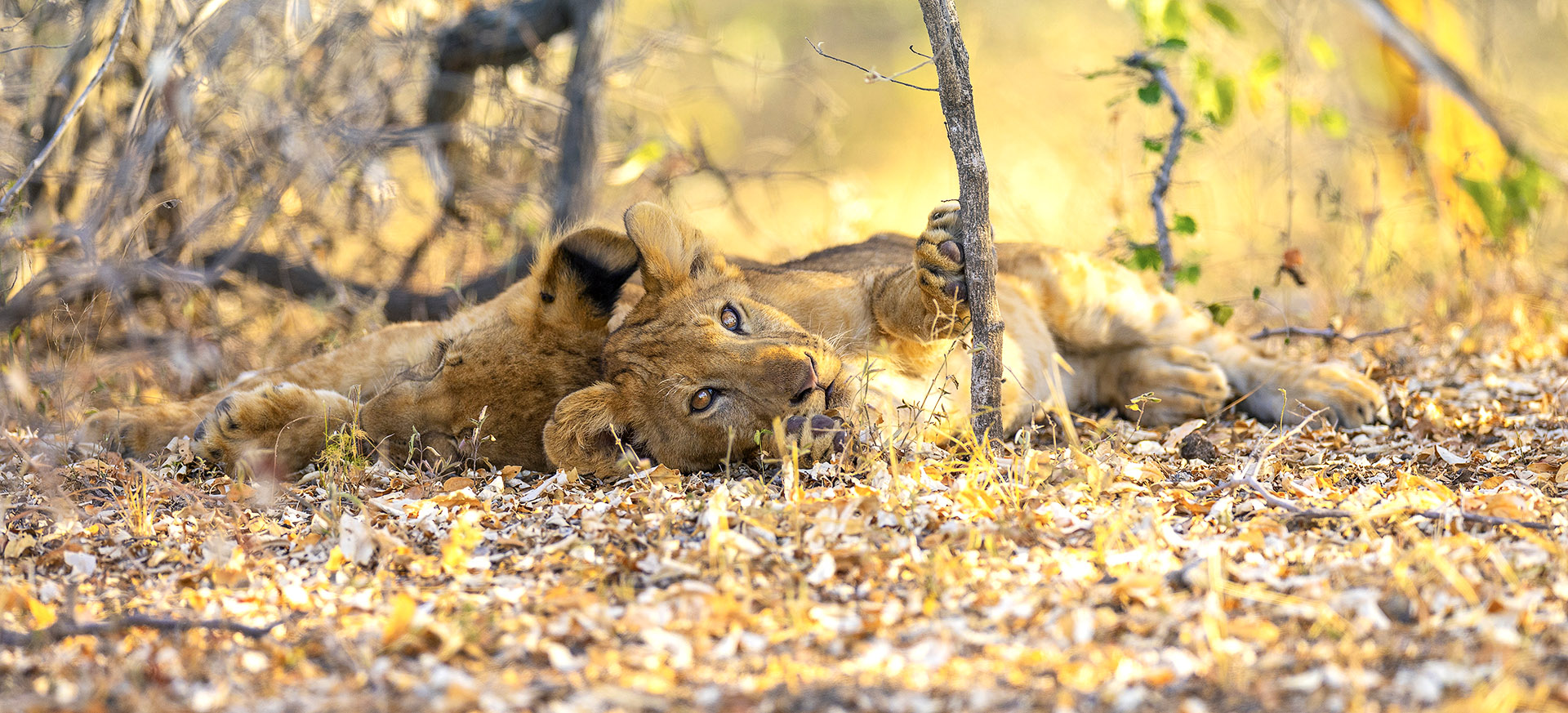
different seasonality to other reserves
The best time of year for safari in Selous is generally considered to be the Jul-Oct dry season, when the wildlife is concentrated along the river, although this is also the period when visitor numbers and prices both reach their peaks.
Since Selous is down on the coastal plateau it experiences much higher than usual humidities, making for a hot and sticky climate year round, as well as much higher levels of precipitation and a much less pronounced dry season.
This is in stark contrast with the majority of wildlife reserves in East Africa, which are at much higher altitudes and have generally more dry and comfortable climates. This can be a major deciding factor for people who do not enjoy this kind of tropical environment.
popular in safari
and beach combinations
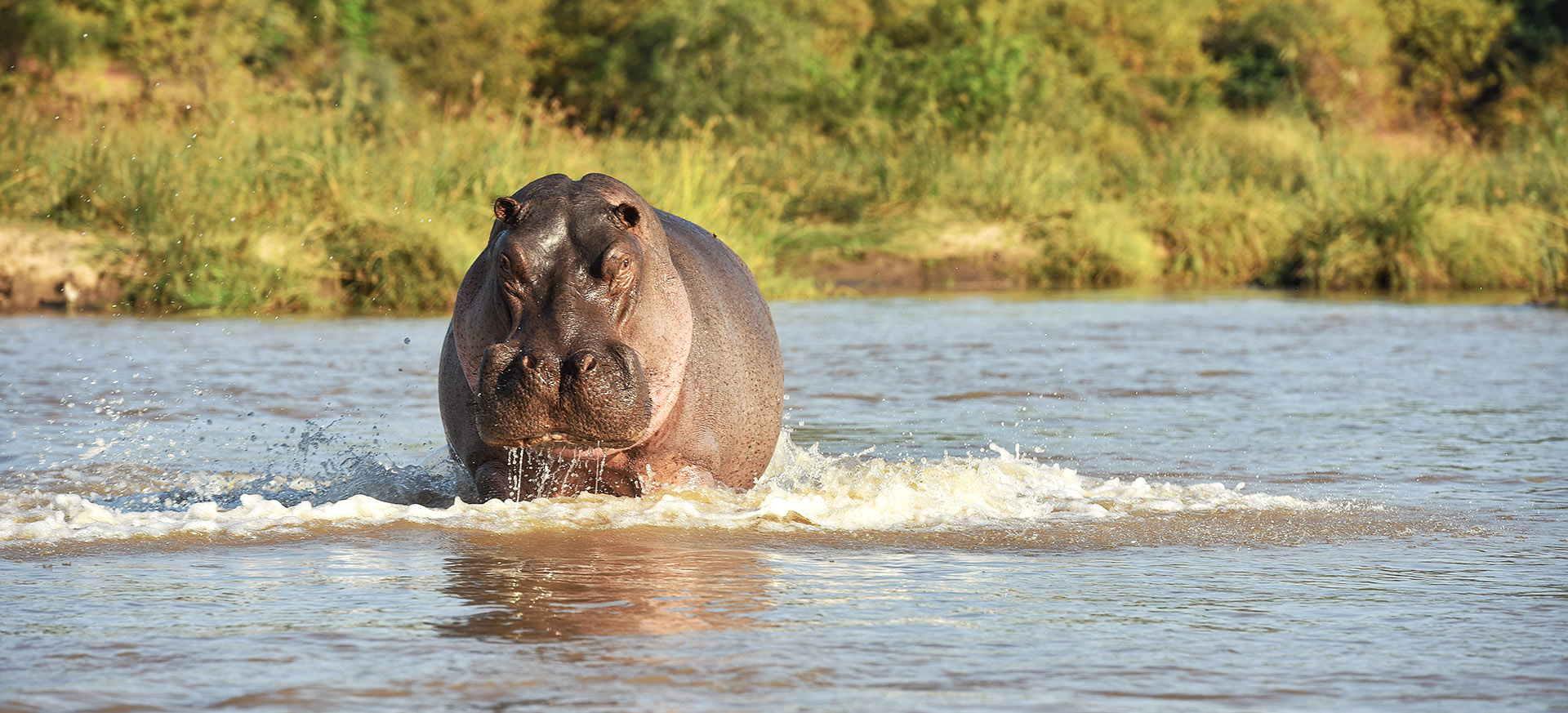
Jun-Oct : Dry season in Selous/Nyerere
the most popular time to visit
The best time to visit Selous is generally considered to be the Jun-Oct ‘dry season’, although one can still expect light rain to fall roughly one in every three days on average. Reasonably high temperatures are significantly exaggerated by high relative humidities, usually around 80% to 85%. Afternoons can be stifling and nights sticky.
Because of this continued rainfall throughout the year and due to the presence of so much surface water in the form of lakes and rivers, Selous does not operate in quite the same way as a more conventional dry season reserve. The usual migration from dry hinterlands inward towards the permanent sources of water does take place, but the effect is more diluted. Wildlife concentrations in the areas around the camps tend to improve noticeably, especially into Jul-Aug, but never reach the levels of more arid environments such as Tarangire, Katavi or Ruaha.
Throughout this period Selous is a sweltering, languid place, wonderfully atmospheric, with reliable vehicle safari, but where motorboat safaris and walking safaris are at least if not more enjoyable.
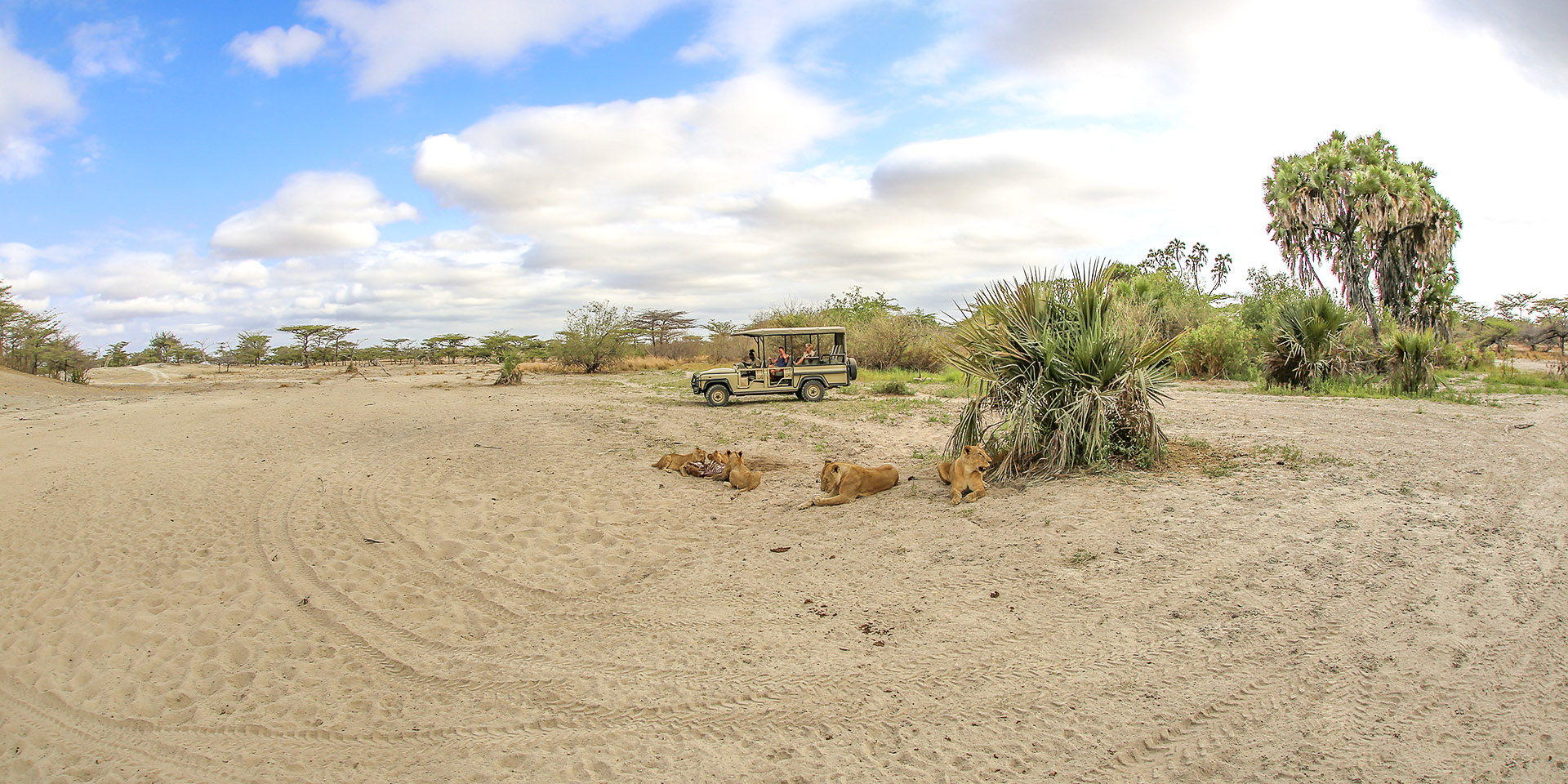
Nov-Mar : Green season in Selous/Nyerere
occasional rains freshen the bush
The arrival of the short rains in November can be much less of an event here than in Ruaha for example.
The fact that the dry season is not usually completely dry, means that the arrival of light rains tends to have relatively little effect on either flora or fauna, although one can expect a little more seasonal flowering of plants and a slight dispersal of wildlife to the hinterlands.
Selous is therefore usually considered to be still in prime condition for safari right through Nov-Dec, making it a particularly attractive proposition over the Dec-Jan holiday season.
Into February however the rains really should be more pronounced. Flora should start to show significant new growth and the park as a whole should take on a fresh sheen. Many of those animals will start to have their young. This period tends to be a favourite amongst more experienced safari people who are less concerned about the volume of sightings or the frequency and intensity of rain showers.

“>Apr-May : Rainy season in Selous/Nyerere
the most challenging time for safari
April is usually the month which sees the greatest rainfall here in Selous, with May not far behind.
Most of the camps and lodges are closed for this whole period and flight services from Dar es Salaam are usually suspended.
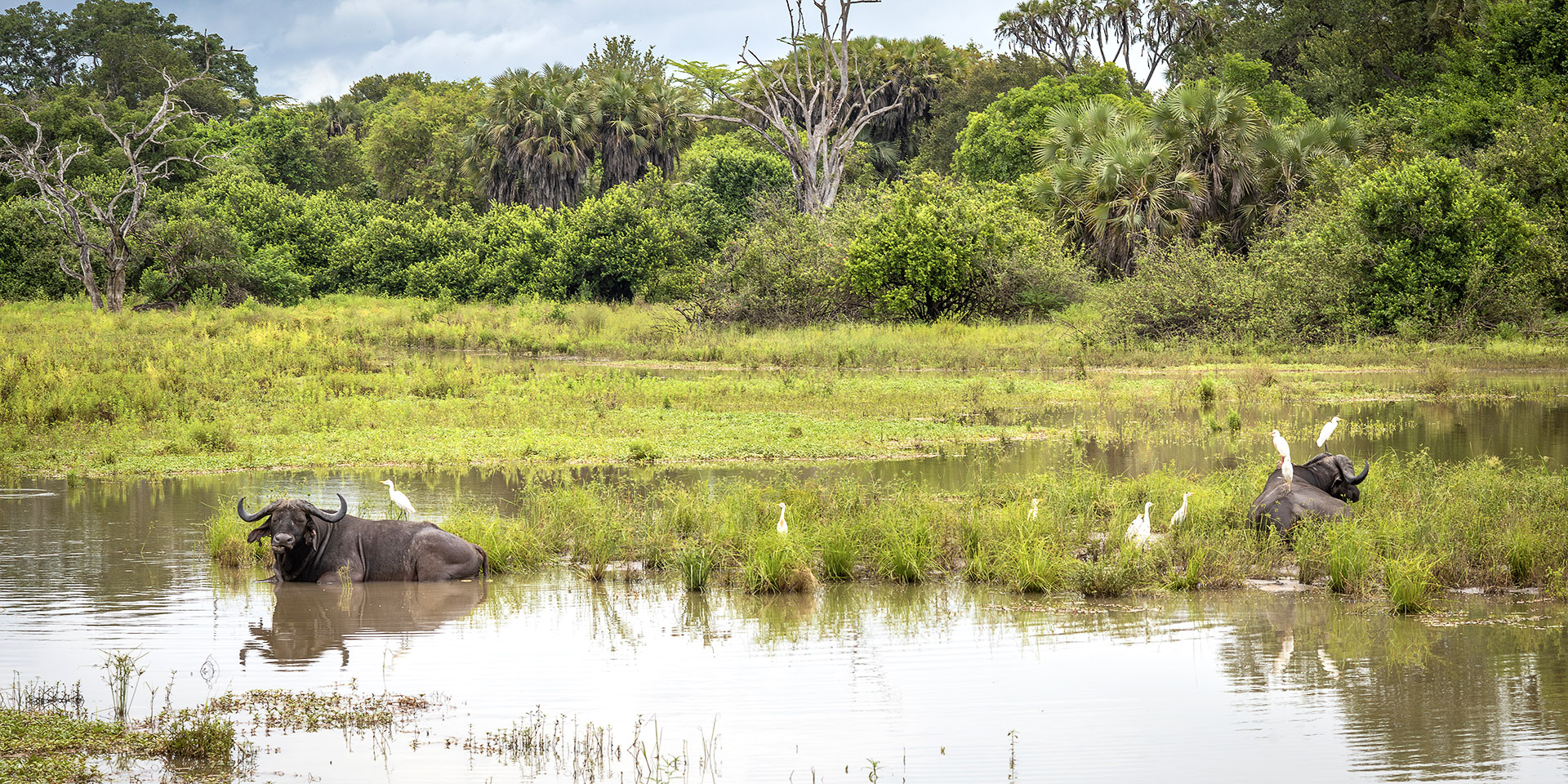
Further reading
let us know your thoughts about Tanzania
and we will help you create the perfect trip
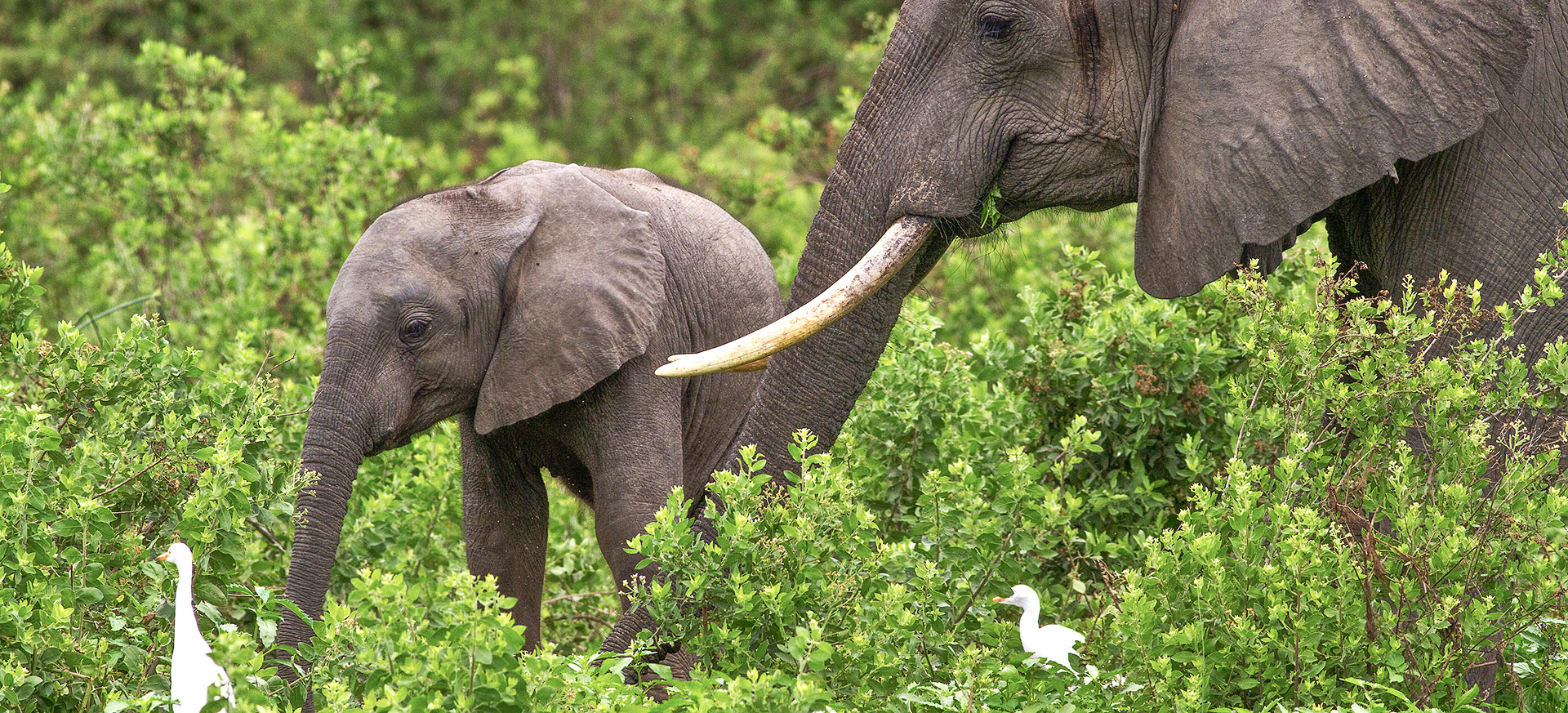
Extraordinary tailor-made adventures,
from earthy and edgy to easy and extravagant
From around USD 2500 per person, you set the ceiling
Sample Trips
Here are some of our popular trip shapes
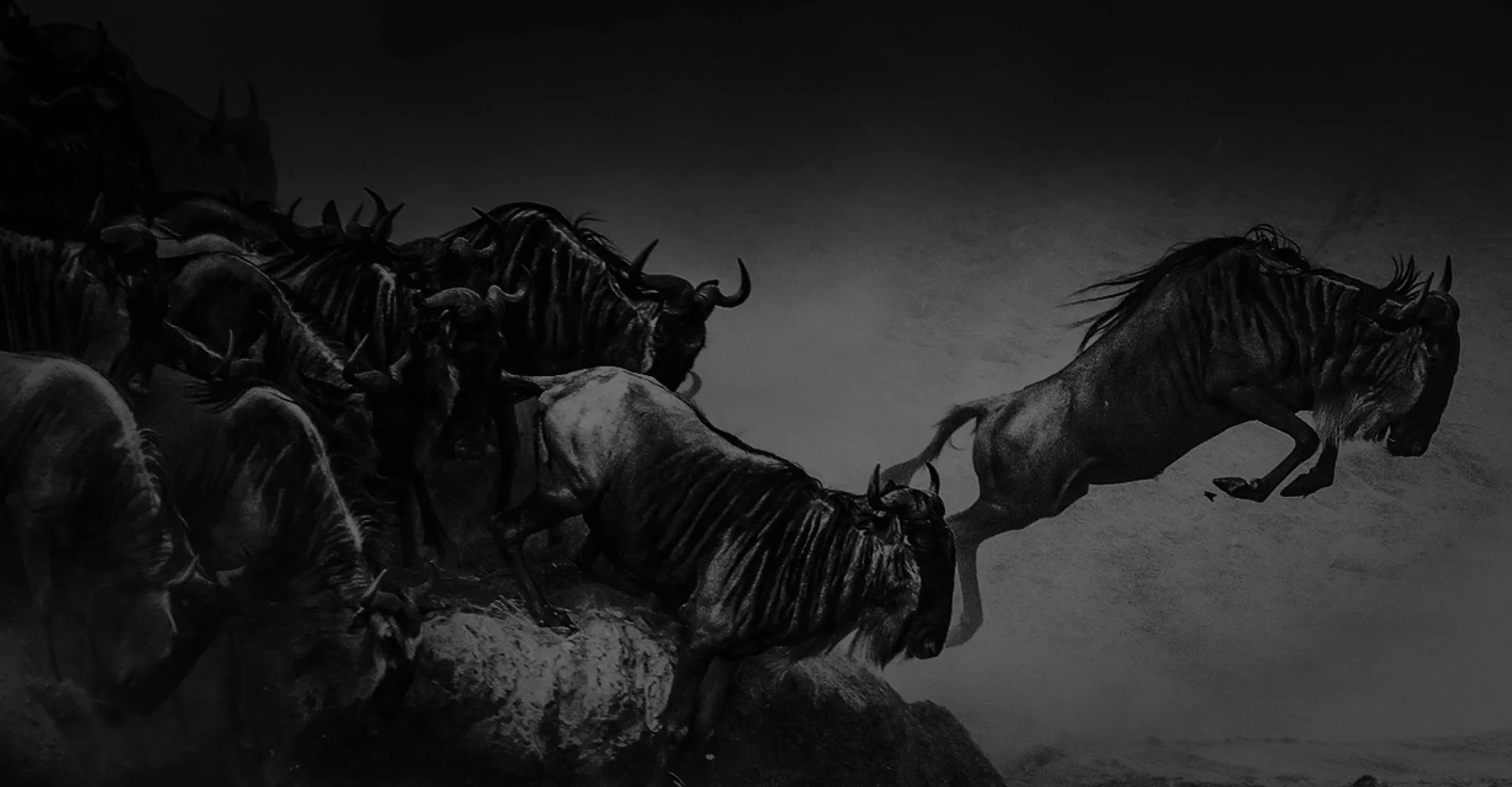
Get started on your trip
It’s never too soon to get in touch, we are here to help with every stage of your planning.
Best Lodges
We regularly inspect and photograph all of the the best lodges, to ensure that we always recommend the most suitable options
Key Locations
Take a look around related locations. Click ‘View more’ to explore locations further afield.
